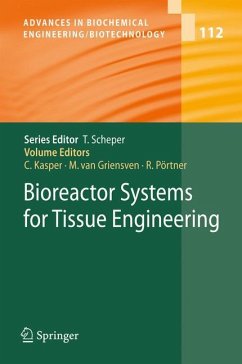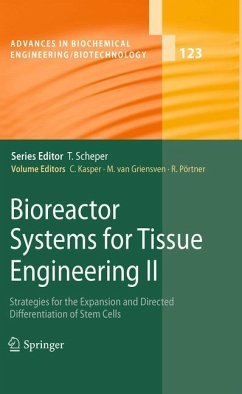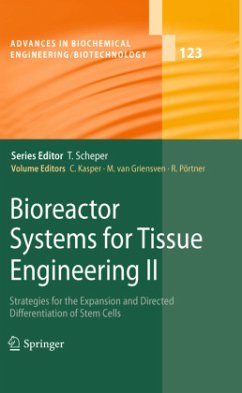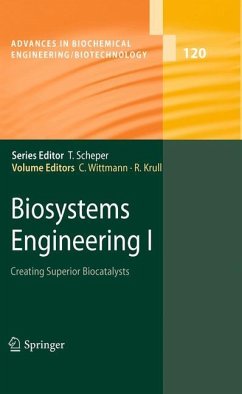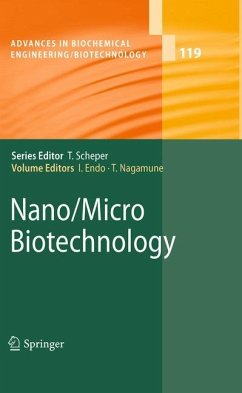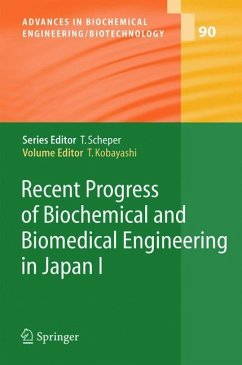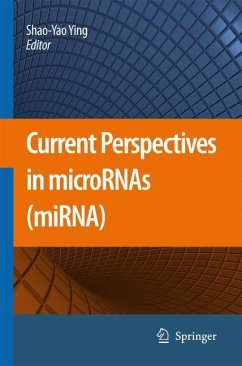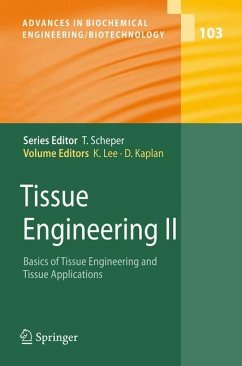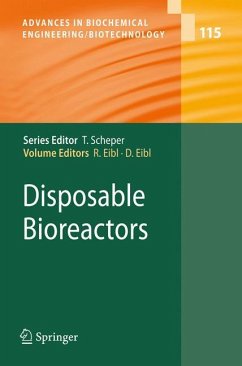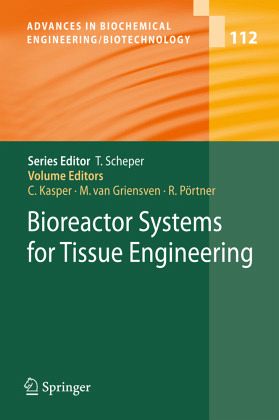
Bioreactor Systems for Tissue Engineering

PAYBACK Punkte
144 °P sammeln!
The editors of this special volume would first like to thank all authors for their excellent contributions. We would also like to thank Prof. Dr. Thomas Scheper, Dr. Marion Hertel and Ulrike Kreusel for providing the opportunity to compose this volume and Springer for organizational and technical support. Tissue engineering represents one of the major emerging fields in modern b- technology; it combines different subjects ranging from biological and material sciences to engineering and clinical disciplines. The aim of tissue engineering is the development of therapeutic approaches to substitut...
The editors of this special volume would first like to thank all authors for their excellent contributions. We would also like to thank Prof. Dr. Thomas Scheper, Dr. Marion Hertel and Ulrike Kreusel for providing the opportunity to compose this volume and Springer for organizational and technical support. Tissue engineering represents one of the major emerging fields in modern b- technology; it combines different subjects ranging from biological and material sciences to engineering and clinical disciplines. The aim of tissue engineering is the development of therapeutic approaches to substitute diseased organs or tissues or improve their function. Therefore, three dimensional biocompatible materials are seeded with cells and cultivated in suitable systems to generate functional tissues. Many different aspects play a role in the formation of 3D tissue structures. In the first place the source of the used cells is of the utmost importance. To prevent tissue rejection or immune response, preferentially autologous cells are now used. In particular, stem cells from different sources are gaining exceptional importance as they can be differentiated into different tissues by using special media and supplements. In the field of biomaterials, numerous scaffold materials already exist but new composites are also being developed based on polymeric, natural or xenogenic sources. Moreover, a very important issue in tissue en- neering is the formation of tissues under well defined, controlled and reprod- ible conditions. Therefore, a substantial number of new bioreactors have been developed.





